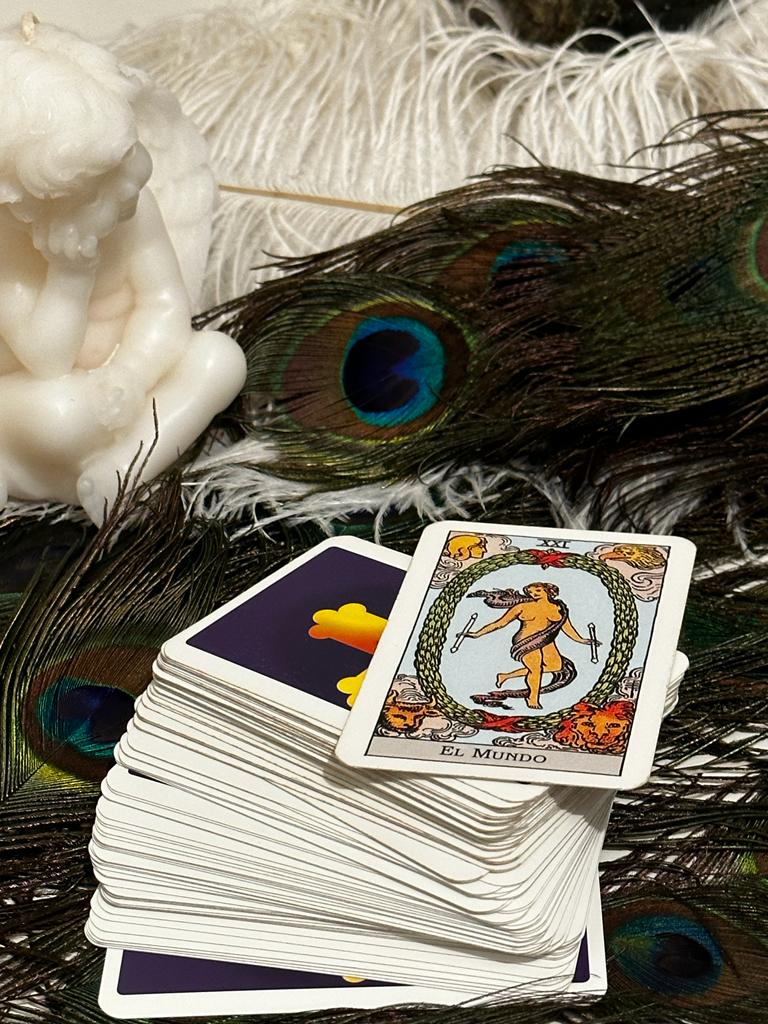
Tarot is a system that uses a deck of cards to gain insights, reflections, and guidance on present, past, and future situations. They offer insights and perspectives on your challenges and opportunities, becoming a powerful tool for personal reflection. These cards have been used in various ways throughout history, from games to spiritual and psychological tools.
To understand the basic of Tarot here is a breackdown of the steps
1. Preparation
The tarot reader usually begins by creating a quiet and welcoming atmosphere. This may include lighting candles, using incense, or meditating to centre oneself.
2. Question Formulation
The querent might have a specific question or situation in mind.
3. Card Shuffling
The cards are shuffled while thinking about the question or situation. This mixes the cards and "charges" them with the querent's energy.
4. Card Selection and Layout
Based on the analysis, a plan will be address. This could involve exercises, breathing techniques, or additional educational massage sessions. From here, the learning process and magic unfold.Once shuffled, the querent selects a number of cards that are laid out in a "spread" or "layout". There are many types of spreads, from simple to complex, each designed for different purposes.
5. Interpretation
The reader interprets the cards based on their images, symbolism, and relative position in the spread. This interpretation can be intuitive, based on traditional card meanings, or a combination of both.
6. Reflection and Dialogue
Often, the reader and the querent discuss the cards, exploring their relevance and meaning in relation to the posed question or situation.
7. Conclusion
The reading concludes with a final reflection, advice, or affirmation. It can be used as a tool for introspection and self-awareness. The cards can help people see situations from a different perspective or consider aspects they hadn't thought of.
Theory behing Tarot
- Symbolism and Archetypes: Tarot cards are full of symbolism that reflects universal archetypes, concepts, and human experiences. Carl Jung, the renowned psychologist, referred to these as universal patterns and images stemming from the collective unconscious.
- Intuition: The cards are believed to act as mirrors to the subconscious, revealing intuitions and truths that might not be evident in daily consciousness.
- Synchronicity: Another of Jung’s ideas is synchronicity, suggesting that seemingly unrelated events can have meaningful significance when viewed together. The selection of specific cards at a specific time is seen as an act of synchronicity.
- Reflective Tool: Regardless of belief in divinatory powers, tarot can be used as a tool for introspection and self-awareness. The cards can assist people in viewing situations from a different angle or considering aspects they hadn’t anticipated.
It’s important to remember that tarot is interpretative. It’s not meant to predict the future in an absolute manner but to offer guidance and perspective. The final decisions and actions always lie with the querent.



